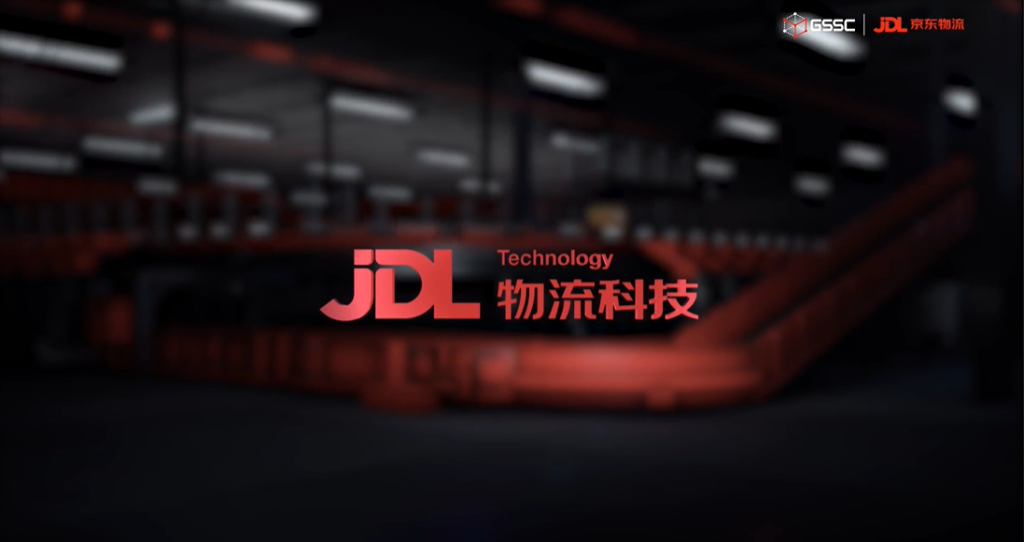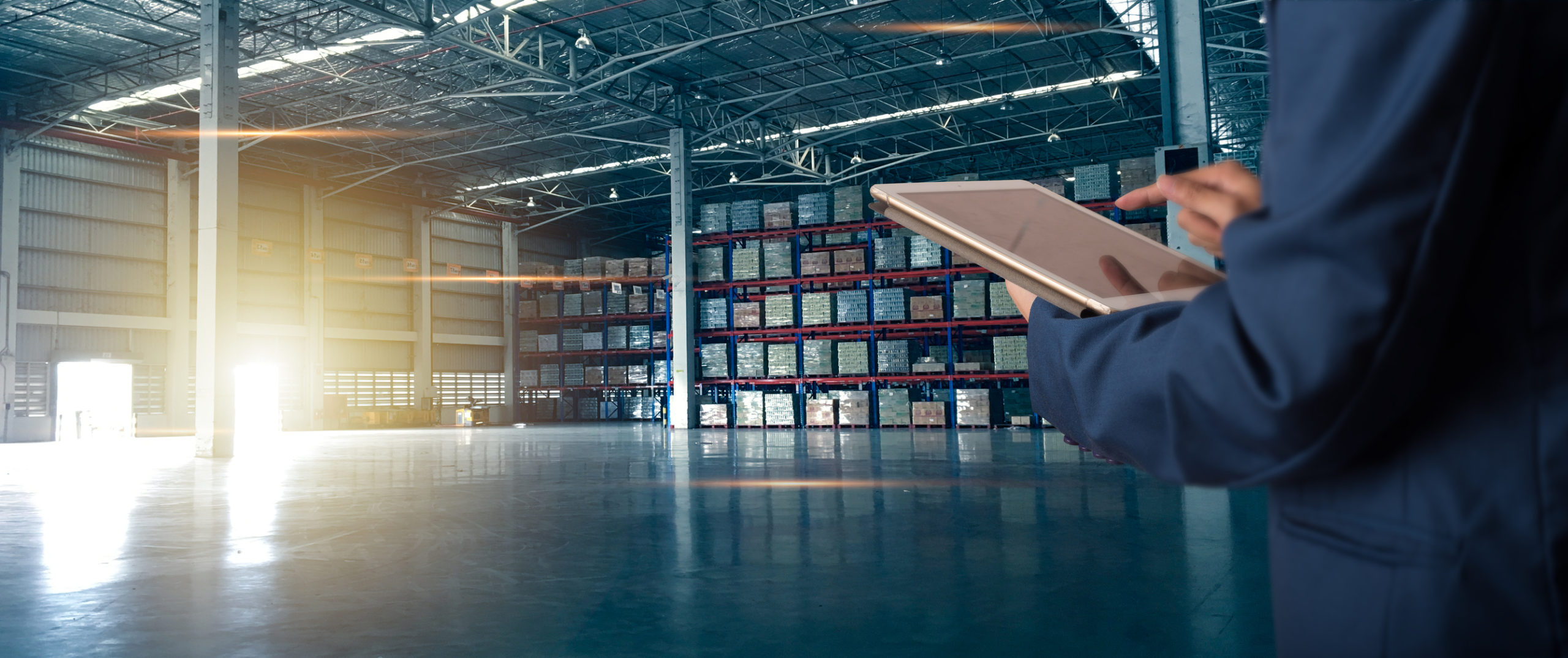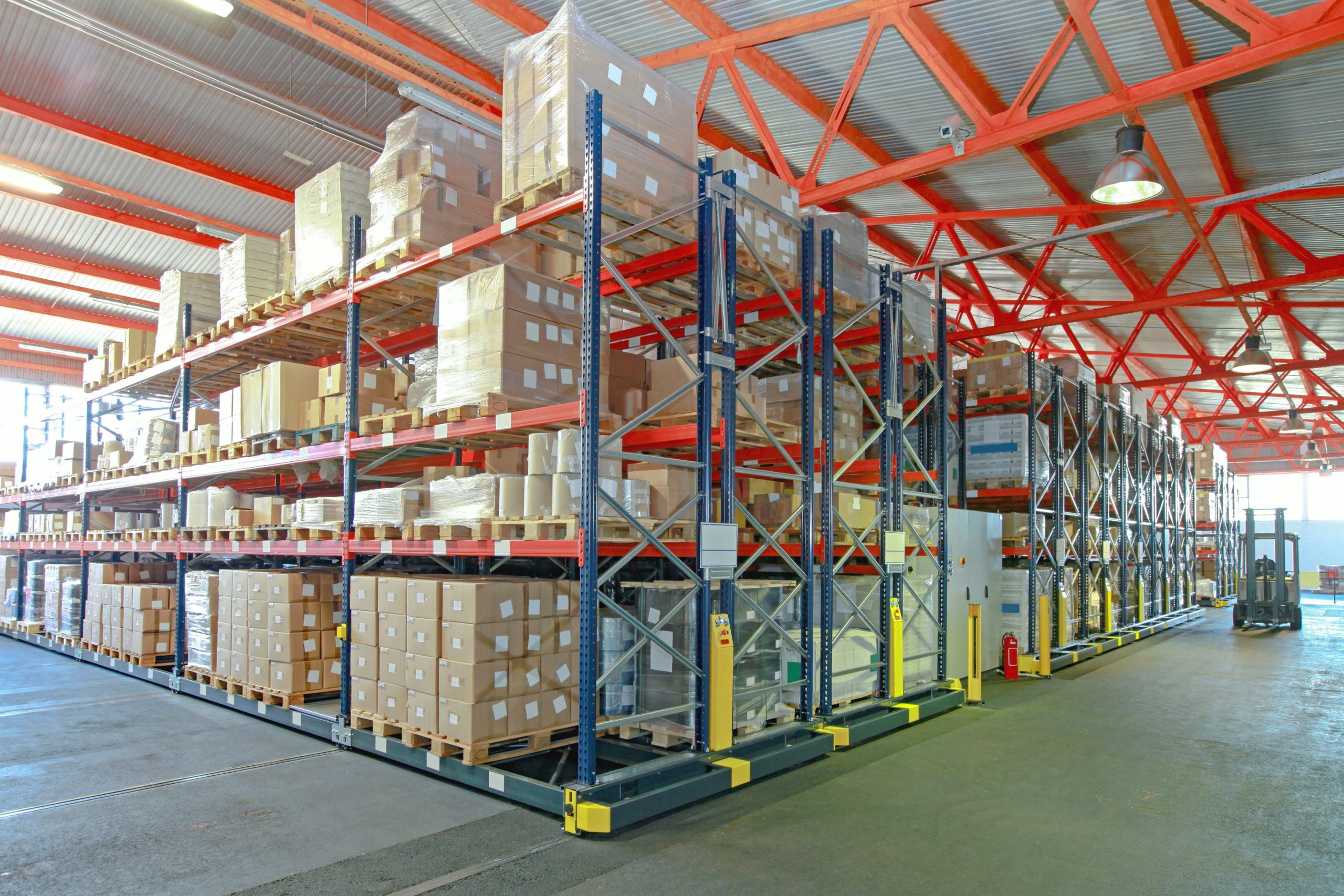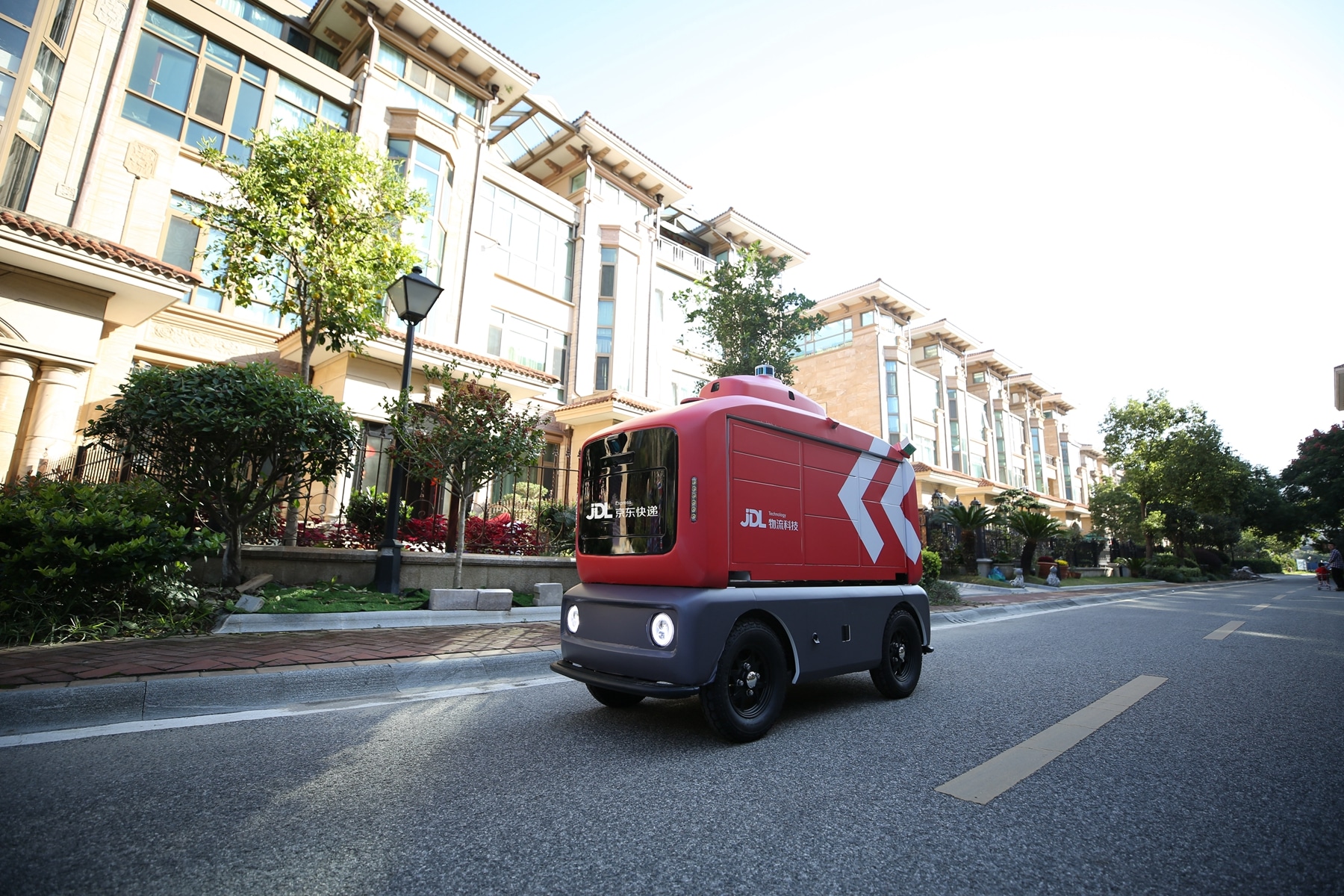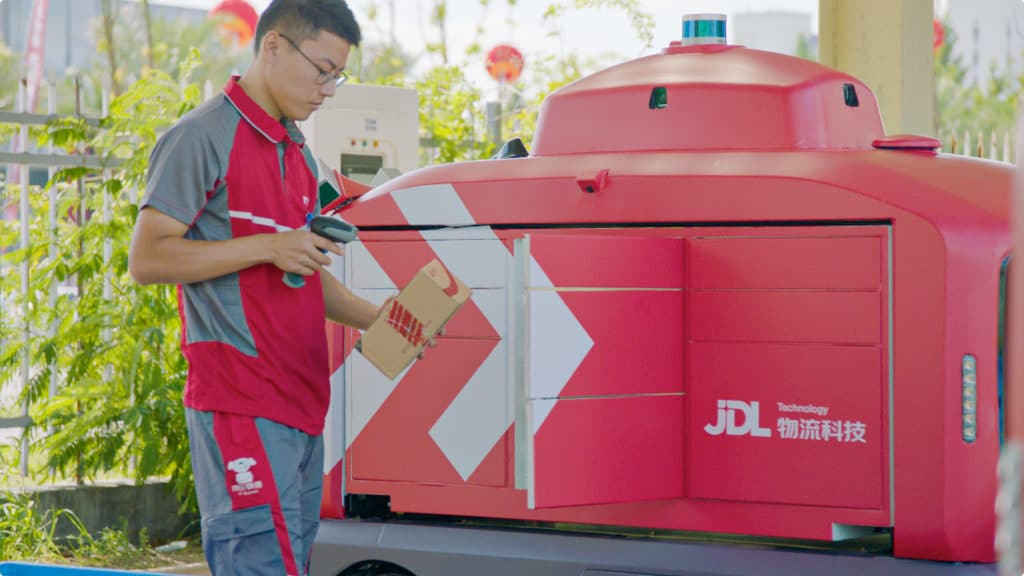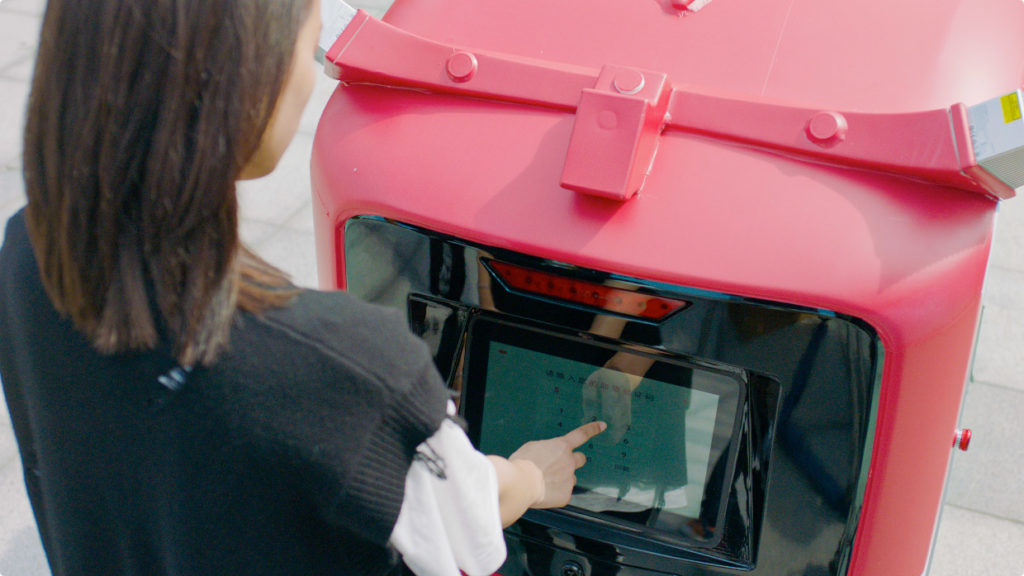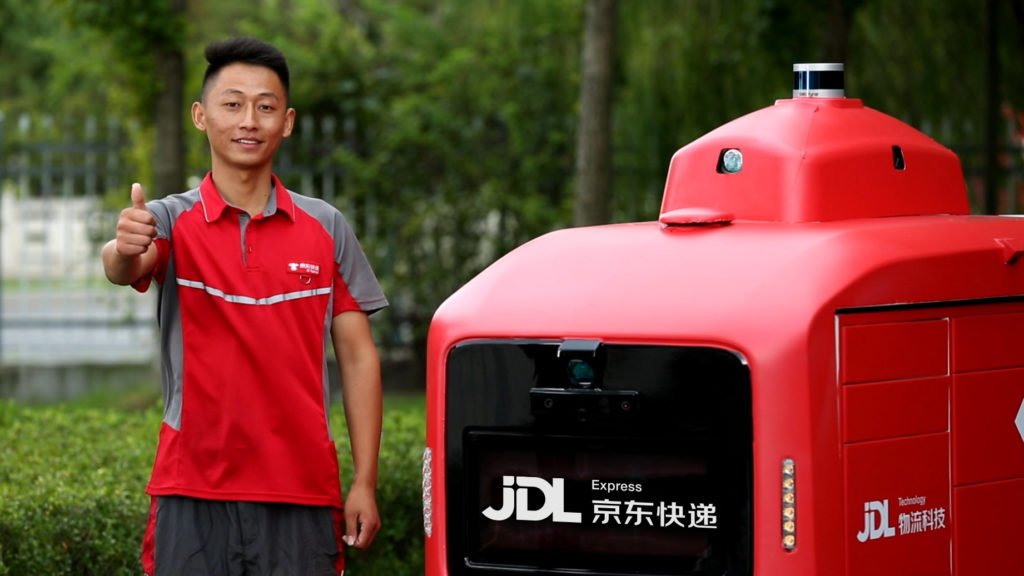by Vivian Yang
JD Logistics launched its own technology brand JDL Technology during the fifth Global Smart Supply Chain Summit (GSSC) on Oct 22, further underlining the company’s strong capacity in independent innovation and its leadership in logistics technology.
Key milestones of JD logistics’ technological development in the past ten years include:
About 3,000 patents acquired and transferred into real-world operations that enabled many human-robot interactions and propelled the upskilling of over 100,000 JD logistics employees
Six world-leading technology deployments:
– First in the world to use autonomous delivery robots on university campus
– First to build a highly automated warehouse with 100% self-developed supply chain management system
– First to operate autonomous delivery vehicles on open roads
– First in the world to use robots for pick-up and sorting of items in its distribution centers
– First to apply Level-4 autonomous delivery robots in the fight against COVID-19 in the city of Wuhan
– First autonomous delivery city in the world, created by JD Logistics in collaboration with Changshu of Jiangsu province
Major breakthroughs in logistics industry according to timeline:
– 2014: Built the first Asia No.1 highly automated logistics park(Shanghai) and launched WMS3.0 warehouse management system
– 2016: Achieved the first parcel delivery by drone
– 2016: Launched the first autonomous delivery robot in China
– 2017: Won China’s first provincial level airspace use approval for drone flights
– 2018: Led China’s first state-level drone delivery pilot project; made WMS5.0’s overseas debut in Thailand
– 2019: Launched first government approved drone flight in Indonesia, completed China’s first drone delivery in overseas market
– 2019: Established China’s first 5G-powered smart logistics park
– 2019: Established the largest-scale integrated smart fulfillment center in Asia
– 2020: Upgraded WMS to its 6.0 version
– 2020: Achieved flexible production in the whole fulfillment process





